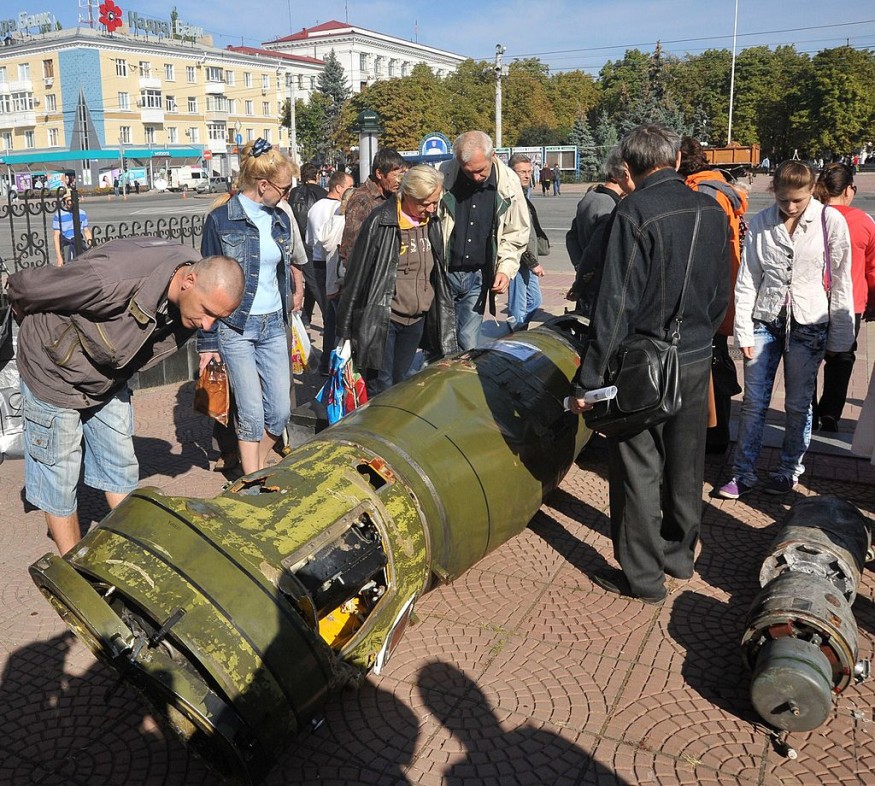A Russian military satellite and rocket stage's tiny fragments could come this week, crashing down, after the craft went through a malfunction on low Earth orbit.
A Mail Online report said that Angara A-5, the new-generation heavy carrier rocket, was launched in late December from Plesetsk spaceport that carries a mock payload.
The rocket was supposed to reach a 22,000-mile orbit above the surface of Earth. However, a failure in the upper stage of the rocket's firing left it in the low Earth orbit.
Experts have predicted that most of the 20-ton payload will burn up in the atmosphere later this week, plus or minus 14 hours, with small fragments that hit this planet.

The Angara A-5 Rocket
The experts who track the rocket also said it might land in the Pacific Ocean, although it is quite early to foretell precisely where it will come down, Times of News said in a similar report.
Essentially, the modern Angara A-5 rocket is critical to the ambition of Russia to Send advanced navigation satellites for spying and as weapons into orbits in years ahead.
Moreover, the heavy-lift launch vehicle will play a vital part in Russia's aspirations as it partners with China to send robots and, ultimately, people to land on the moon.
Both the Angara rocket and the Persei booster carried the simulated satellite payload on this groundbreaking test flight intended for a graveyard orbit.
The Orbit Deteriorating Fast
Apparently, while the launch itself took place flawlessly, a failure took place with the Persei upper stage following its separation "12 minutes into the flight."
Meaning, it did not fire the boosters that were supposed to push it and the payload outside low Earth orbit, leading it to sit roughly 150 miles on top of this planet, Seradata reported in December 2021.
This orbit means it will deteriorate fast, falling back to Earth over a period of days and weeks, and it is anticipated to get in the atmosphere later this week.
Several satellites and rocket stages reenter the atmosphere repeatedly. However, they do so in a regulated way, where the agency is aware precisely of the time and place it is coming back down to Earth. It is not the case, though, for the Persei upper stage.
'Uncontrolled' Reentry
It is on what is called an "uncontrolled reentry" where it will be impossible to foretell where the remains that do not burn up will land up to the last minute.
The online newspaper, Kosmolenta, reported that the Persei needed five engine burns in the test mission, although it malfunctioned on its second.
Dmitry Rogozin, the Space agency chief, had at first posted "congratulations" on Twitter on Angara's successful launch.
He added that it was essential to wait for the Persei booster's performance that Energia Rocket and Space Corporation developed, and Angara carrier rocket launched for the first time.
According to a Moskovsky Komsomolets report, NORAD American space tracking service reported an unidentified object "A" numbered 50505.
By all signs, the report specified, this object is quite similar to the Persei stuck in a low orbit with the payload satellite.
Related information about Russia's Angara A-5 rocket is shown on Crux's YouTube video below:
RELATED ARTICLE : Falcon 9 Rocket Debris Creates Light Show Over Pacific Northwest Sky
Check out more news and information on Space in Science Times.
© 2025 ScienceTimes.com All rights reserved. Do not reproduce without permission. The window to the world of Science Times.












